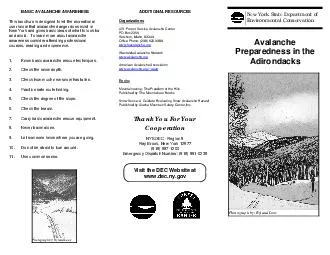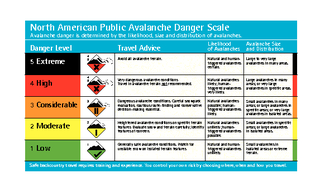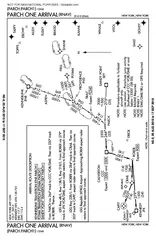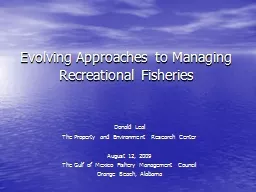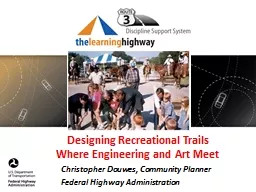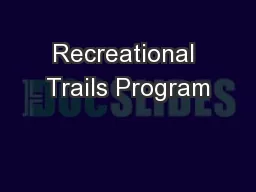PDF-Photograph by Ryland Loos BASIC AVALANCHE AWARENESS This brochure is designed to let the
Author : pamella-moone | Published Date : 2015-02-20
To learn more about avalanche awareness consider attending professional courses reading and experience 1 Know basic avalanche rescue techniques 2 Check the snow
Presentation Embed Code
Download Presentation
Download Presentation The PPT/PDF document "Photograph by Ryland Loos BASIC AVALANCH..." is the property of its rightful owner. Permission is granted to download and print the materials on this website for personal, non-commercial use only, and to display it on your personal computer provided you do not modify the materials and that you retain all copyright notices contained in the materials. By downloading content from our website, you accept the terms of this agreement.
Photograph by Ryland Loos BASIC AVALANCHE AWARENESS This brochure is designed to let the: Transcript
Download Rules Of Document
"Photograph by Ryland Loos BASIC AVALANCHE AWARENESS This brochure is designed to let the"The content belongs to its owner. You may download and print it for personal use, without modification, and keep all copyright notices. By downloading, you agree to these terms.
Related Documents

